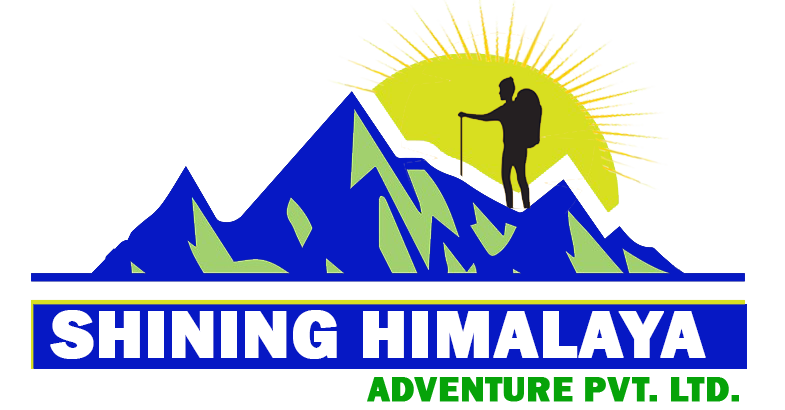Island Peak is a popular trekking peak located in the Everest region of Nepal. Standing at an elevation of 6,189 meters (20,305 feet), it offers a challenging yet attainable climbing experience for mountaineers and trekkers alike.
Island Peak is situated in the Khumbu region of Nepal, within the Sagarmatha National Park. It is nestled between Mt. Lhotse and Mt. AmaDablam.
The summit of Island Peak provides breathtaking panoramic views of the surrounding Himalayan peaks, including Mt. Everest, Mt. Lhotse, Mt. Nuptse, and Mt. Makalu. The vistas of the Khumbu Glacier and the neighboring peaks are awe-inspiring.
Island Peak is classified as a trekking peak, which means it can be climbed by individuals with basic mountaineering skills and prior high-altitude trekking experience. However, it still requires technical climbing knowledge and the use of climbing equipment like ropes, crampons, and ice axes
Acclimatization: Adequate acclimatization is crucial when attempting to climb Island Peak. The trekking route allows climbers to gradually adapt to the increasing altitude, with regular rest days and acclimatization hikes.
The best time to climb Island Peak is during the spring (April to May) and autumn (September to November) seasons. These months offer relatively stable weather conditions and clearer views of the surrounding Himalayan peaks.
Island Peak requires obtaining permits from the Nepal Mountaineering Association (NMA) and following their regulations. It is advisable to hire an experienced local guide or join a reputable trekking agency to ensure a safe and well-organized expedition.

